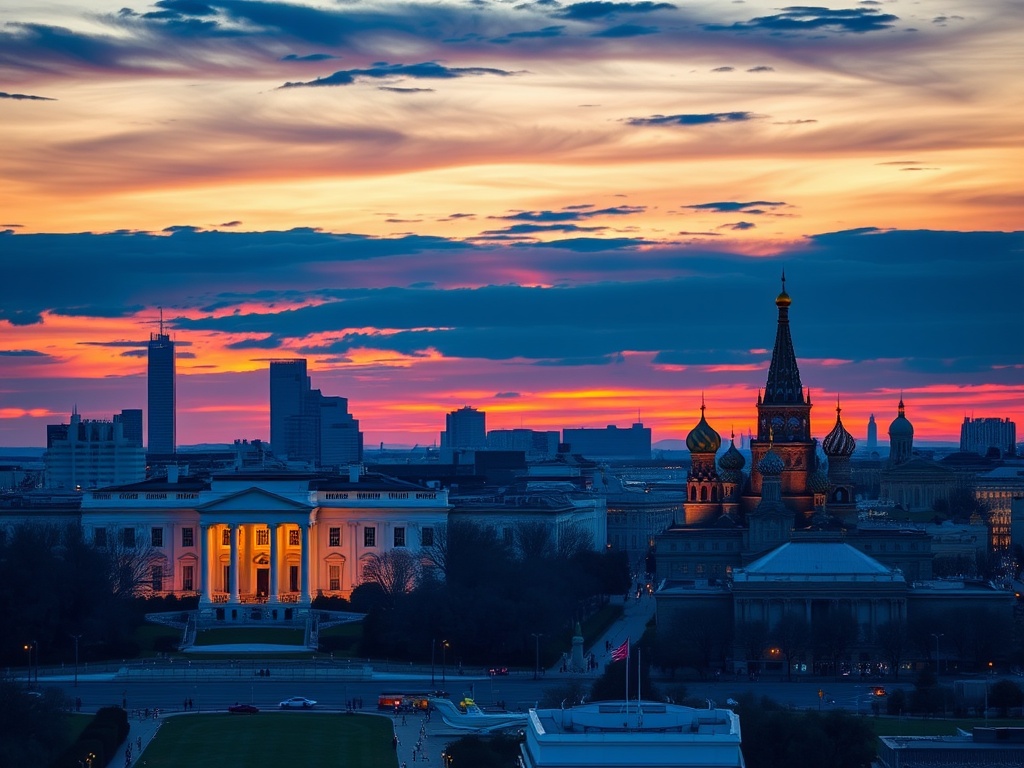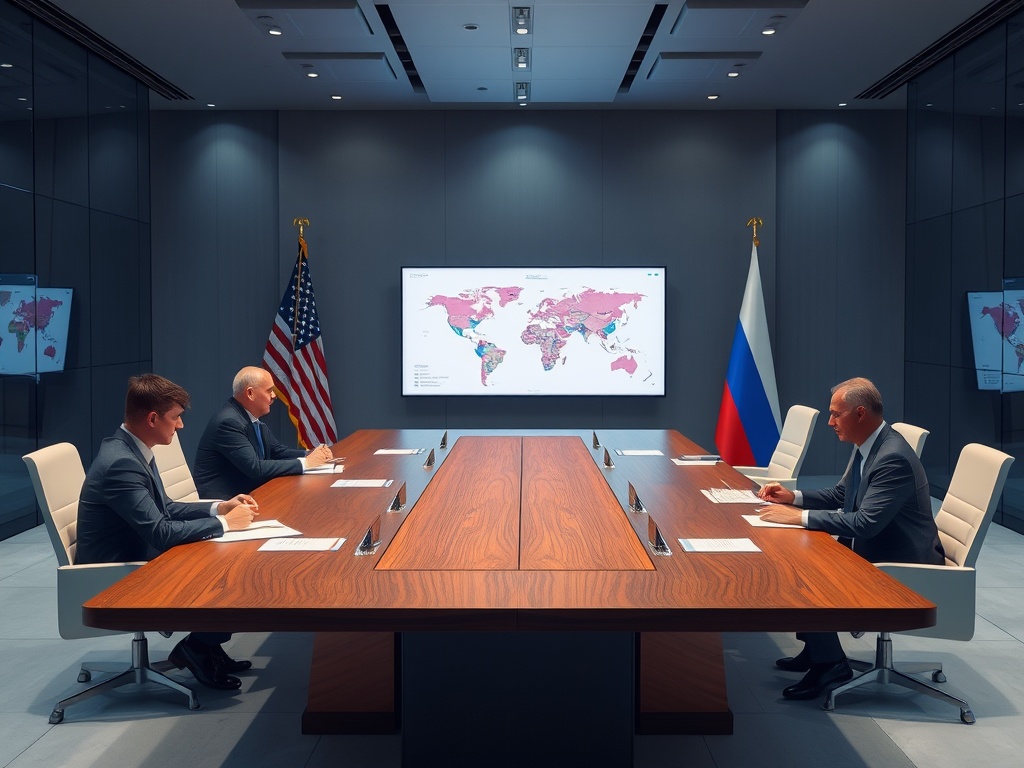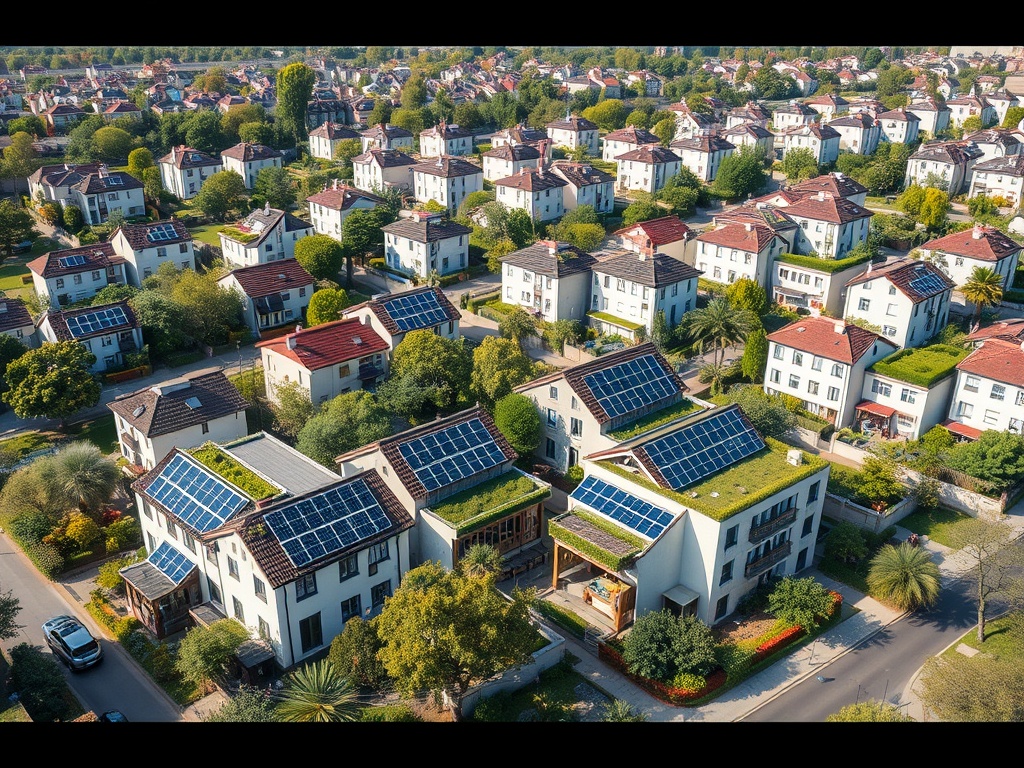The Shifting Dynamics of US-Russia Relations
The international roadshow is proving to be an unpredictable journey these days. Upon departing from the Munich Security Conference on Monday, I found three US Air Force jets stationed on the tarmac, poised to transport the newly appointed top leaders of US defense and security within the Trump administration back to Washington, D.C., or onward for impending bilateral talks with Russia aimed at addressing the ongoing war in Ukraine.
This is the vision Donald Trump seeks to cultivate during his anticipated second term in office—displaying the full might of US power, broadcasting messages at maximum volume, while dismissing any objections as mere grumbling from European allies: “If you don’t like it, either be quiet or contribute more,” as articulated by a particularly outspoken congressman aligned with Trump.
Saudi Arabia served as the backdrop for the inaugural phase of US-Russia rapprochement. Russia’s Foreign Minister, Sergei Lavrov, commenced discussions from a traditional Moscow negotiating stance, adopting the role of “Mr. Nyet” and labeling proposals for deploying NATO troops in Ukraine as part of any peace agreement as “unacceptable.” In response, the US urged Russia to cease its targeting of Ukraine’s energy and nuclear installations, to which the Russian side responded with a blatant denial, claiming it did no such thing.
For those of us who have reported on Soviet-era negotiations, this felt reminiscent of the old playbook: initiating with threats and deceit, only to eventually arrive at a handshake agreement.
It appears that this is more of a starting maneuver rather than a definitive path toward resolution. A presidential meeting is unlikely to occur for at least another month. Discussions of a potential deal remain premature; there is currently no clear “victory” that Vladimir Putin could declare. Nevertheless, the more significant implication of this meeting is that it signifies Trump’s revival of a deal-making rapport with the Putin regime in Moscow, effectively marking the end of the US’s diplomatic freeze on relations. Steve Witkoff, a powerful emerging envoy from the White House, a property developer, and a business ally of Trump, traveled to Moscow to meet with Putin before joining the delegation in Saudi Arabia.
Aside from the fact that these developments unfold outside traditional accountability structures—an informed source from the State Department relayed that embassies are only minimally briefed on these meetings, and US intelligence networks are similarly excluded—they herald a new style and substance in interactions between the former Cold War adversaries, which will have profound implications for Britain and Europe.
Putin, once viewed as a pariah, now finds himself at the forefront of Trump’s list of preferred leaders to engage with. This near-dictatorship, previously sidelined by international organizations such as the G7 economic bloc and whose leader faces an arrest warrant from the International Criminal Court over a myriad of war-crimes charges, now finds itself courted at the expense of America’s traditional allies. These allies, in turn, face reprimands for not contributing sufficiently to the continent’s defense.
A new era of transactionalism is set to unfold, one that aims to leverage a détente with Moscow to weaken Russia’s ties to China.
For Putin, this moment represents a breakthrough and an array of opportunities. It potentially undermines NATO, which has long been part of his strategic objective, much like it was for the Soviet Union—except now, he has the backing of the US President.
However, domestically, he has been weakened by the sanctions regime and the weariness of the ongoing war. Despite the bravado, Russia’s economy is struggling; estimates suggest that up to 30 percent of GDP is spent on the relentless campaign against Ukraine. Reopening the door to American businesses, many of which had “frozen” their operations in Russia while waiting to re-enter the market without violating sanctions, is likely to be a component of Trump’s deal-making strategy. Even dating apps like Tinder and Hinge exited the Russian market as early as May 2023.
It is undoubtedly a US-Russia “date night” now. In Trump, Putin has a counterpart who views the world through a mercantile and power-centric lens, perceiving it as a system of spheres of influence, with little regard for those on the periphery, or for blocs like Europe, which now seem secondary to the primary relationship.
Continuing with bilateral discussions, despite objections from Ukraine, is a calculated move designed to convey a “might is right” message—signaling that Russia and the US are the primary decision-makers in resolving the conflict, while others—ranging from Kyiv to London, Paris, Berlin, and Warsaw—are relegated to the role of mere spectators. A jaw-dropping moment occurred when the US suggested that Ukraine should compensate by relinquishing a significant portion of revenue from its valuable natural resources in exchange for military supplies received from the US. This was intended to emphasize the intertwining of security and mercenary dealings. Not coincidentally, Russia dispatched its head of the sovereign wealth fund to Saudi Arabia.
Consequences and Future Outlook

This situation should not be accepted at face value. The pressing challenge for Europe now is to devise ways to continue supporting Ukraine while urgently addressing the shortcomings in defense spending, effectively engaging in its own “art of the deal.” This is likely to culminate in Ukraine purchasing more advanced and costly arms and technology from the US to safeguard itself against Russian threats, while the US administration seeks to revive substantial business agreements with Moscow and its proxies, including Hungary and Serbia. Paradoxes will abound in this new dynamic.
However, there exists a degree of realpolitik in all of this that must be acknowledged. I have reported on numerous Russia-US summits towards the tail end of the Cold War, from disarmament discussions that stripped Ukraine of its nuclear capabilities to the Yeltsin-Clinton summit in Vancouver, where the US rushed to bolster a clearly incapacitated Boris Yeltsin to salvage economic reforms.
That effort ultimately failed, fostering the emergence of an unaccountable oligarch class, and set the stage for Putin’s ascendancy to power. Now, a long arc of estrangement seems to be bending back towards a bilateral relationship, suggesting that the US is likely to prioritize its dealings with Moscow over its commitments to democratic allies.
Underlying the vastness of the two countries, along with their oil and mineral wealth, are notable similarities, as well as the federal structures of their states. The USSR remains Putin’s archetype for how Russia should dominate its neighbors and serves as the basis for his disregard for Ukraine’s aspirations for independence. Fundamentally, the Kremlin leader perceives the autonomy of the Baltic states as an accidental loss following the Cold War. This situation does not conclude with Ukraine; it represents a grand reset between Washington and Moscow—a gamble that will define Trump’s second term in office.
This reset may not unfold as planned, nor may it yield favorable outcomes. The urgent wake-up call for Europe and the UK is that this week, the process of reset has officially commenced.
Anne McElvoy is the host of the Power Play podcast from POLITICO.




